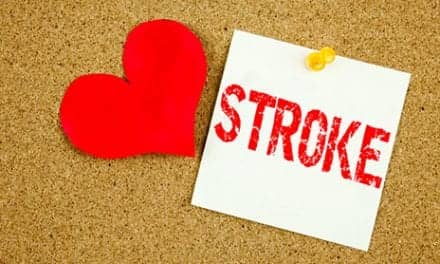Studies conducted by UCLA scientists are seeking to use results gathered by key research and technology to shed light on the biological and genetic risk factors for sports-related concussions.
A university news release reports researchers in medicine and athletics at University of California, Los Angeles (UCLA) have equipped 22 Bruin football players with helmet sensors engineered to measure speed, intensity, and location of hits to the head during all games and practices.
The release notes that the scientists will also track the health of 40 men’s and women’s soccer players.
The information collected is hoped to shed light on why concussions affect some athletes more than others, and why certain individuals recover faster from head injury.
According to the release, the studies are part of the Concussion Assessment Research and Education Grand Alliance, a $30 million initiative funded by the National Collegiate Athletic Association and the US Department of Defense to collect “big data” on concussions. The 3-year program, the release adds, aims to “fill in gaps” of knowledge regarding concussion and translate research findings into new safety guidelines for more than 450,000 collegiate student-athletes.
About 75% of the money is intended to fund a comprehensive two-pronged study of concussion. The remaining, the release says, will support an educational campaign designed to improve safety and change the culture of concussion reporting and management.
During the first study, the release says, UCLA will work with 20 other universities and military academies to gather neurological and cognitive data from more than 25,000 student-athletes in all NCAA sports.
At UCLA itself, a partnership between medicine and athletics will allow researchers to conduct clinical studies that monitor athletes’ head injuries onset through recovery.
Christopher Giza, MD, is director of the UCLA Steve Tisch BrainSPORT Program and a professor of neurosurgery and pediatrics at UCLA’s David Geffen School of Medicine and Mattel’s Children’s Hospital.
Regarding the study, Giza explains in the release that the, “goal is make this research the sport-concussion equivalent of the Framingham study,” a large-scale initiative launched in 1948 that pinpointed previously unknown risk factors for heart disease.
All athletes participating in the first study will receive a preseason medical history and baseline testing for balance, memory, cognitive function, and reaction time; the tests will be repeated annually, the release states. Should a student sustain a concussion, they will repeat the tests six times at designated intervals during the following 6 months. To date, 5,000 students have reportedly enrolled in the study and completed baseline testing.
“Our goal is to develop scientific, evidence-based tools that will enable doctors to more accurately gauge when it is safe for an athlete to return to play,” Giza says.
In the second study, the release notes that UCLA and three other universities will combine sports medicine and medical technology to gather biological data from some 400 men and women competing in football, soccer, ice hockey, and lacrosse.
Investigators will investigate athletes’ blood samples for biomarkers that may predispose some individuals to brain injury or help others recover quicker. To date, the release says, 200 athletes have enrolled worldwide.
The second study requires football players to wear helmets equipped with sensors engineered to measure the impact of collisions they sustain on the field. The release states that the sensors are built to wirelessly transmit data to a laptop for analysis, and pagers connected to the helmets alert medical staff to what could be a significant hit.
John DiFiori, MD, chief of sports medicine at the David Geffen School of Medicine at UCLA and UCLA’s head physician for intercollegiate athletics, notes in the release that the helmet sensors “allow us to track the frequency, magnitude, and direction of this that our football players sustain to the head.”
“If the data shows that an athlete’s impacts occur mostly on top his head rather than in front or on the sides, we can take the player aside and say, ‘Here’s what we’re seeing on our helmet impact data. We need to work on your technique,’ ” DiFori explains.
The release adds that the tests in the second study will also be repeated each year. Additionally, in order to detect biological changes linked to brain injury and recovery, any athlete in the study who sustains a concussion will undergo brain scans and repeat follow-up tests five times during a 6-month period.
[Source: UCLA]




